2× Sonde qPCR Mix
Numéro d'article:EH002 Spécification:1mL Storage: Stocker à -20 ° C
Présentation du produit:
This product is a specialized reagent for Real-Time qPCR using the probe method. It contains an antibody-blocked hot-start enzyme that effectively suppresses non-specific amplification caused by primer misannealing or primer dimer formation at low temperatures, thereby enhancing the specificity of the amplification reaction. This product exhibits high amplification efficiency and detection sensitivity, allowing for the generation of a robust standard curve across a broad quantification range, permettant une quantification précise. De plus, it is compatible with various fluorescence quantitative RAP instruments, y compris ceux des biosystèmes appliqués, Eppendorf, Bio-rad, Roche, et d'autres marques domestiques.
Contenu du produit:
| Composants | EH002-02 |
| 2× Sonde qPCR Mix | 1ml |
Note:ROX Reference Dye can be obtained separately or through the manufacturer to correct inter-well fluorescence signal discrepancies in certain company’s Real-Time PCR amplifiers. ROX Reference Dye I is suitable for ABI PRISM 7000/7700/7300/7900HT and Step One Plus Real-Time PCR Systems, etc.. ROX Reference Dye II is suitable for 7500 Système de PCR en temps réel, 7500 Système de PCR en temps réel rapide, Stratagene MX3000P, MX3005P, et mx4000, etc.. The final concentration of ROX Reference Dye I and II is 1×. Real-time fluorescence quantitative PCR amplifiers such as LightCycler, Thermal Cycler Di Système en temps réel II, et le système Smart Cycler ne nécessite pas l'utilisation du colorant de référence ROX.
Stockage:
Stocker à -20 ° C, avec une durée de conservation minimale de 12 mois.
Définition de l'activité:
En utilisant l'ADN du sperme mahi-mahi activé comme matrice / amorce, L'activité est définie comme 1 unité (U) de matériaux insolubles dans l'acide incorporés, en prenant 10 nmol de nucléotides à l'intérieur 30 minutes à 74 ° C.
Contrôle de qualité:
Ce produit a subi des tests de qualité et est exempt de l'activité de la désoxyribonucléase endonucléase, activité d'exonucléase de la désoxyribonucléase, et contamination de la ribonucléase. Le contenu résiduel de l'ADN génomique hôte est ci-dessous 10 copies.
Utilisations du produit:
Real-time fluorescence quantitative singleplex or multiplex (2-4 chaînes) qPCR (probe method) amplification of DNA or cDNA; absolute quantification qPCR.
Mode d'emploi:
- Equilibrate the required reagents at room temperature until fully dissolved, gently mix well (ne pas vortex), use after a brief centrifugation to prevent excessive bubble formation, and avoid repeated freeze-thaw cycles. Si utilisé fréquemment, stocker à 4 ° C. Prepare the PCR reaction mixture according to the components listed below (prepare the reaction mixture on an ice box):
| Réactifs | 25μLSystem Volume | Concentration finale |
| 2× Sonde qPCR Mix | 12.5µL | 1× |
| Apprêt je (10µm) | 0.5-2.5µL | 0.2-1.0µM |
| Amorce II (10µm) | 0.5-2.5µL | 0.2-1.0µM |
| Sonde (10µm) | 0.25-1µL | - |
| Rox Reference Dye I ou Rox Reference Dye II | 0.5μl ou 0,25 μl | 1× |
| ADN de modèle | 1-5µL | - |
| DDH2O | Jusqu'à 25 μl | - |
Note:The amounts of each component in the reaction system can be adjusted according to actual requirements. Users need to decide whether to add ROX Reference Dye based on the actual model being used.
- En général, Une méthode en deux étapes peut être utilisée pour la réaction; if the two-step amplification is not satisfactory, a three-step method can be used to set up the PCR reaction program.
| Méthode / étapes | PCR en temps réel en deux étapes | PCR en temps réel en trois étapes | Cycles |
| 95℃ (Pré-dénaturation) | 2-5min | 2-5min | 1 |
| 95℃ (Dénaturation) | 10-20seconde | 10-20seconde | 35-45Cycles |
| 55℃ -65 ℃ (Recuit) | 20seconde – 1min (collecter la fluorescence) | 10-20seconde | |
| 72℃ (Extension) | - | 20seconde – 1min (collecter la fluorescence) |
Note: Les conditions de réaction peuvent être ajustées et optimisées en fonction des exigences réelles.
- Une fois la réaction terminée, analyze the experimental results. For detailed analysis methods, refer to the PCR amplification instrument operating manual.
Précautions:
- The concentration of the primers used can be adjusted within the range of 0.2-1.0 µM, and the DNA template can be appropriately adjusted based on its concentration.
- Choose an appropriate annealing (extension) temperature based on the primer design. Typiquement, the Tm value of the primers is designed to be around 60°C. For primers with lower annealing temperatures or for amplifying long fragments exceeding 200 pb, Une méthode en trois étapes est recommandée.
- The concentration of the probe used can be optimized within the range of 0.1-0.4 µM. Conduct experiments with gradient concentrations to find the optimal combination of primers and probes. The use of probes depends on the Real Time PCR instrument, probe type, and fluorescent label type. Refer to the instrument manual or specific requirements for each fluorescent probe for adjustments.
- Use dedicated areas and pipettors before and after amplification, porter des gants, et les changer fréquemment. Après l'amplification PCR, do not open the reaction tubes directly. Place them at 4°C or -20°C to cool sufficiently before opening to minimize the risk of PCR product contamination in the experimental environment.
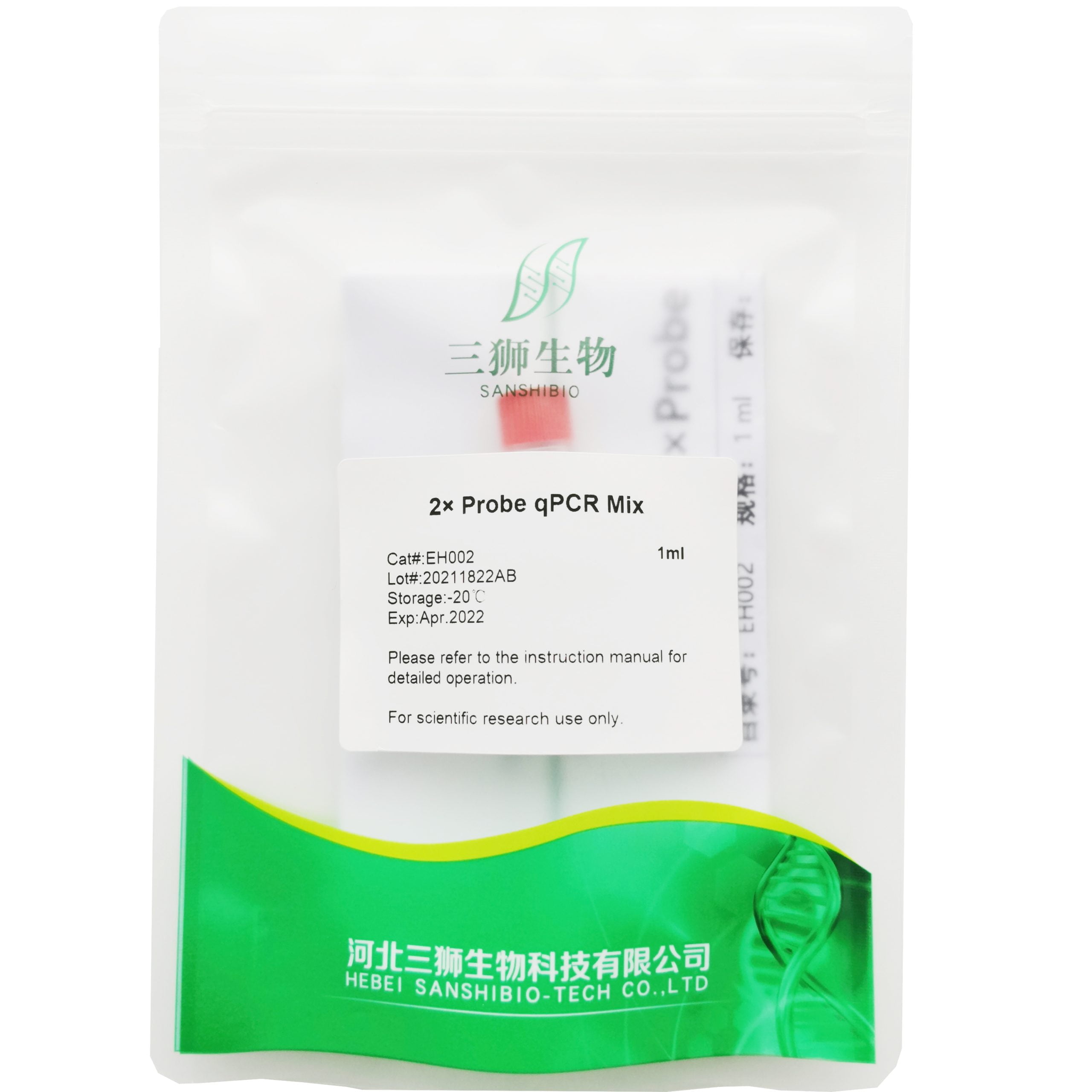

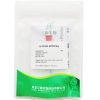
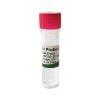
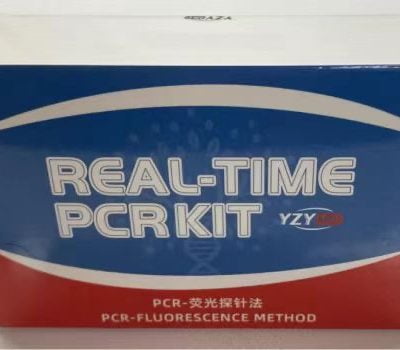
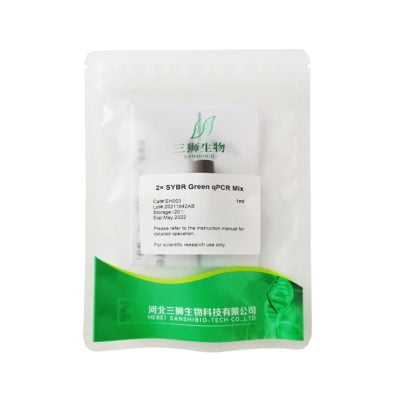
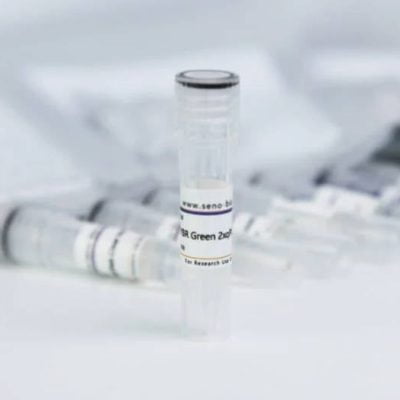

Commentaires
Il n'y a pas encore de critiques.